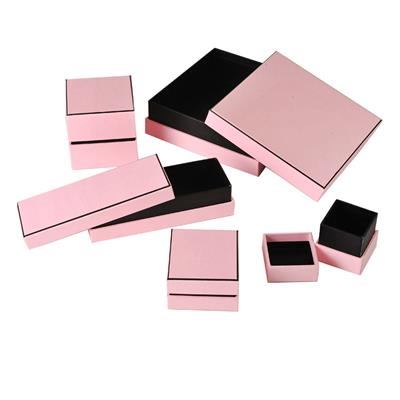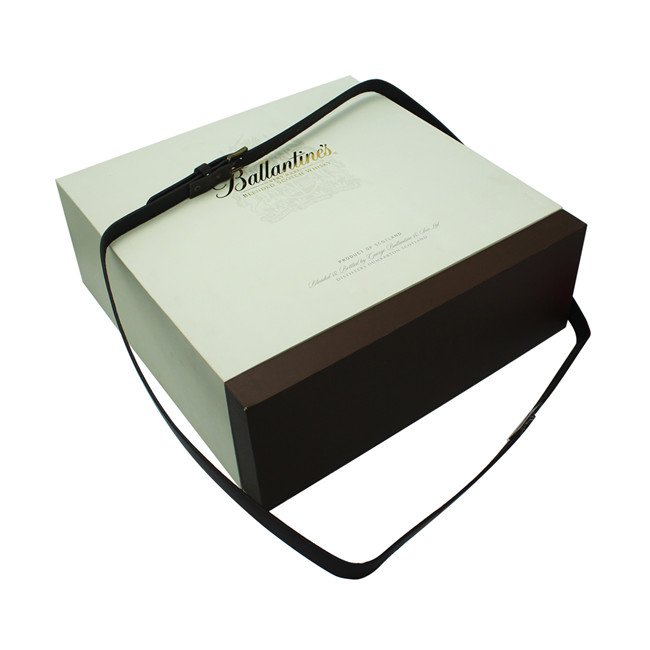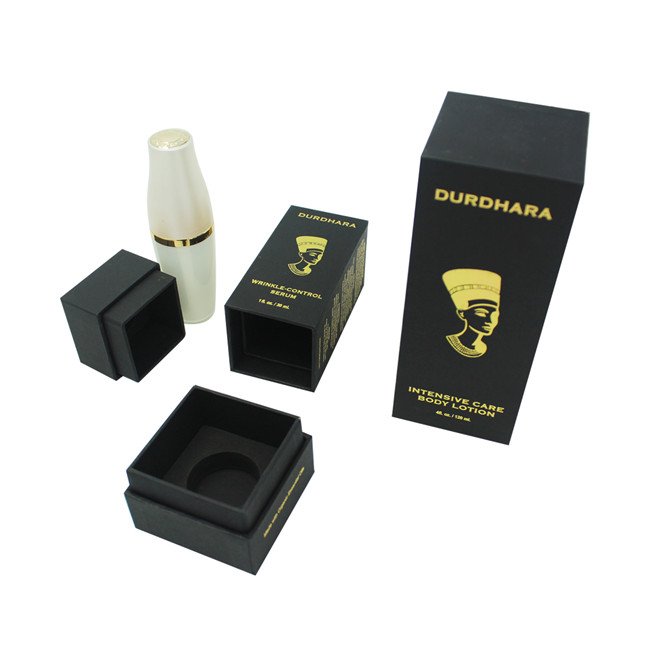The Processing Of Printing Colour
 May 30,2018
May 30,2018

 Vera Ling
Vera Ling
In the process of lithographic offset printing, the phenomenon of misprinting is often encountered. In printed matter, the printed product is mainly characterized by spots or hairlines on the spot, incomplete graphics or lines, and poor reproducibility of the tone level of the image or loss of dots. There are many reasons for the lack of ink in the printing process. There are many factors involved, including the performance of the paper, the performance of the ink, the quality of the printing plate, the quality of the printing blanket, the printing pressure, the performance of the printing press, and the printing process.
If during the printing process, the performance of paper and ink is stable and the quality of the printing plate meets the printing requirements, and the printing machine\'s work performance is relatively stable, then the ink printing is not realized. The main reason for this is the problem of printing pressure. . In offset printing, the pressure of the printing directly determines the ink transfer during the printing process. If local pressure unevenness occurs in the printing process, it will directly lead to false printing ink.
In offset printing, the compressive deformation of the blanket is the fundamental guarantee of the printing pressure. The transfer of the printing ink is the result of the compression deformation of the blanket. Therefore, the size and uniformity of printing pressure are directly related to the blanket used for offset printing.
Therefore, one of the main reasons for the unsatisfactory printing ink is that the performance of the printing blanket is reduced, and the processing method for reducing the printing ink color in the offset printing process should also start from the blanket. The following technical indicators should be considered when selecting blankets:
1. Appropriate hardness: The appropriate hardness is clear, and the printed ink is uniform. Generally, a 70-80 degree (Short type) blanket is selected.
2. Small compression deformation: In order to prevent the reduction of the thickness of the blanket in the printing process, the elasticity is reduced, and the hardness is increased. Therefore, a blanket with a small compression deformation should be selected.
3. excellent transfer performance: Blanket as an intermediate transfer point network, must have a good ink adsorption capacity, ink transfer capacity and strong hydrophobicity, otherwise you can not transfer the amount of ink needed for print, can not be achieved The desired effect of print tones. At the same time, the surface of the rubber blanket should have a certain degree of roughness, fine surface without impurities.
4. the surface oil, solvent resistance: the blanket can not be contact with the printing process of chemical substances to expand, and undermine its application performance;
5. the thickness should be uniform: the blanket flatness error should be within ± 0.04mm, otherwise the printing pressure is not uniform, the product\'s ink color will be significantly uneven, seriously affecting the quality of printed matter;
6. Appropriate elongation: The smaller the elongation of the blanket is, the better it is so that the overprint can be guaranteed during the printing process. The dot is complete and the graphic is clear.






 Home
Home The Problems Of Green Packaging Should Pay Attention To
The Problems Of Green Packaging Should Pay Attention To  You May Also Like
You May Also Like










 Tel
Tel
 Email
Email
 Address
Address














